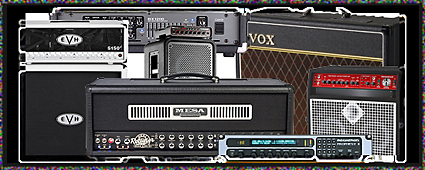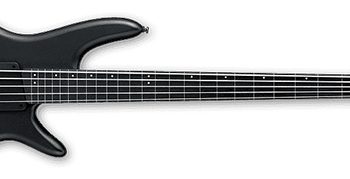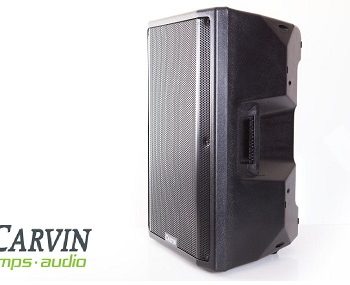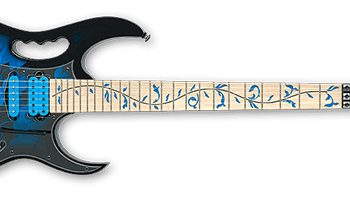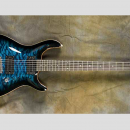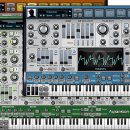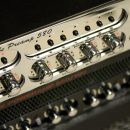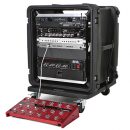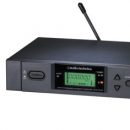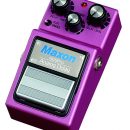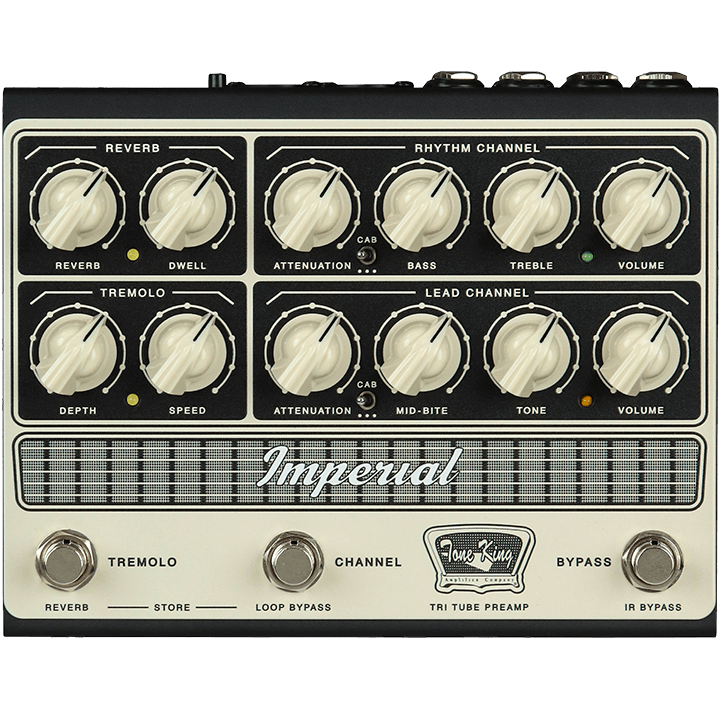 The other mic your band can rely on for great vocals.
The other mic your band can rely on for great vocals.
The Electro-Voice PL80a dynamic vocal microphone is a fantastic sounding mic that delivers world-class performance at a price that every musician can afford. We began testing the mic before we had any idea of its price, and almost everyone who spent time using it thought it was a much pricier microphone.
The PL80a has a bright top end that let vocals cut through mixes beautifully, and its output is extremely hot, making it easy to get strong signal levels without pushing your PA system to the edge of feedback.
| Category | Value | Rating |
| Features | 20% | |
| Usability | 25% | |
| Sound | 25% | |
| Documentation & Support | 10% | |
| Price | 20% | |
|
|
||
| OVERALL RATING = 3.6, which earns it a WIHO Award! 3.6 stars or better: Outstanding, WIHO Award 3 stars or better: Worth considering 2 stars or better: Suited to specific needs 1 star or less: Not recommended |
||
Most musicians sing through an industry standard Shure SM-58 either because of its price, because everyone else uses it, or because it’s like a comfort food: You’re familiar with it, you’ve used it for years, and you don’t see a reason to check anything else out. But the PL80a is proof that you owe it to yourself to consider some alternatives. For the same street price as your old standard, you’ll experience a new mic that may sound significantly better with your voice, and the PL80a easily rivals mics that sell for double its cost.
Features
The PL80a is a dynamic microphone designed for live performance use. It has a modern look with its textured black satin exterior and grey windscreen.
The mic’s frequency response goes from 80 Hz — 16 kHz, impedance is 600 ohms, and it has a super-cardioid polar pattern. As its price puts this mic in direct competition with the ubiquitous Shure SM-58, it is important to point out that the PL80a has significantly different specs than the SM-58 (and thus it sounds quite a bit different):
Electro-Voice PL80a Frequency Response and Polar PatternThe SM-58 is a cardioid microphone with a
50 Hz — 15 kHz frequency response and 300 ohms impedance. So to start, the SM-58 reproduces lower frequencies but slightly less high end than the PL80a.
The different polar pattern contributes to different performance characteristics, too. A cardioid pattern (like that in the SM-58) primarily picks up sound within a 130-degree angle in front of the microphone, has reduced sensitivity to sounds coming from outside that range, and rejects almost all audio directly behind the mic.
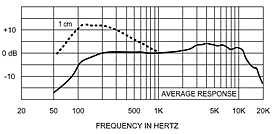 A super-cardioid pattern (such as found on the PL80a) picks up sound within a narrower 115-degree angle in front of the mic and has almost no sensitivity to sounds beyond 120-degrees off-axis on either side. However, super-cardioid mics traditionally pick up a narrow range of audio hitting it from directly behind the mic.
A super-cardioid pattern (such as found on the PL80a) picks up sound within a narrower 115-degree angle in front of the mic and has almost no sensitivity to sounds beyond 120-degrees off-axis on either side. However, super-cardioid mics traditionally pick up a narrow range of audio hitting it from directly behind the mic.
Electro-Voice claims “incredible vocal power and clarity” for this mic, and although we’ll talk about clarity in the Sound section of our review, we can definitely attest to the power claim, no doubt in part to the use of a neodymium magnet in the capsule. Plugging this mic into our PA system in place of an SM-58 necessitated reducing the input trim on our mixing board — it was downright hot by comparison.
Usability
The Electro-Voice PL80a is a solid, pro microphone, weighing only an ounce more than an SM-58 and standing about one inch taller. Handheld, the PL80a did a good job of minimizing handling noise, though not quite as well as an SM-58. On a mic stand, there was no appreciable difference in noise levels.
The clever shape of the mic fans out from the top of the shaft to the windscreen in the region where many singers are used to holding their other microphones. Holding the PL80a lower on the shaft resulting in having an extra inch of microphone closer to our faces. It’s a subtle handling difference that might take some getting used to, and some of the vocalists who tested the mic in our studio weren’t comfortable with this difference in mic handling.
The super-cardioid polar pattern creates a narrower “sweet spot” for the mic, and the PL80a did a great job of rejecting off-axis sound. In fact, contrary to the customary design of this polar pattern, we weren’t able to detect any appreciable sound entering the mic from directly behind it. The design definitely makes it easy to work with the mic wherever stage monitors or close proximity to instrument amplifiers may be of concern.
The narrower polar pattern of this vocal mic makes it less suited to use with multiple backup vocalists sharing a mic, so the next time your bass player wants to step up and share a chorus with you by side-addressing the mic, don’t worry if s/he’s a bit off pitch. There’s a good chance people won’t hear them much.
The mic definitely exhibited more gain before feedback (as advertised), and being able to dial back the trim on our mixing board with the PL80a enabled us to coax slightly more volume from the mic without feeding back than we otherwise could from some other mics.
Sound
The Electro-Voice PL80a is one of the best sounding dynamic vocal mics we’ve had the pleasure of singing though, and it is well suited to a wide range of vocalists in any genre that calls for crystal clear vocals. Over the past two months, we put the mic to use with multiple vocalists in order to get an overall feeling about it from numerous singers. The response was overwhelmingly positive, and the PL80a received a lot of accolades.
The frequency response of the PL80a is quite a bit different than the familiar SM-58, and this contributes greatly to the difference in how it sounds. Low-end response ends 30 dB higher in the PL80a (at 80 Hz), and our vocalists in the baritone range appreciated that there was slightly less boominess or lack of clarity in the low end of their vocals.
On the high end of the frequency response, the PL80a had more “air” and overall brilliance to the tone. While the SM58 has a notch in its high-frequency response, there is a more even high-frequency response from the PL80a. Many of our singers found that the PL80a cut through a dense vocal mix better, although this was partly because other vocalists at the time were using mics with different frequency response curves, much like a mix engineer carves EQ holes for instruments in a well-balanced mix. Adding a few of these mics in your band with a few different mics can really give your vocalists more space without competing for volume.
The only singer in our test group who didn’t respond as favorably to the PL80a was a male tenor who benefited from the additional low end that he gets from a Shure Beta-series microphone.
The end result of our continued experimentation sharing this mic among multiple singers over multiple weeks was that almost everyone who sang it was happy to keep the PL80a on their mic stand. Venturing away from the familiar comfort of an SM-58 can be a scary proposition for many musicians, but the PL80a is one mic we wouldn’t hesitate to take that leap with.
As with tracking vocals in a studio, if you care about your singing then you owe it to yourself to test a few different mics side-by-side to hear how each one responds to your unique voice. Many dynamic vocal mics have great audio specs on paper, and it’s certainly a “safe” play to use the familiar favorite. But listen to yourself through this mic and you’ll hear a very different tonal quality. Whether it’s better or worse than your old mic will vary from voice to voice, but it will definitely be different.
So while we happen to adore this new mic, you may find other mics better suited to your particular voice. That said, though… No. We’re not sending this mic back to Electro-Voice.
Documentation and Product Support
Although you really don’t need instructions for operating something as straightforward as the PL80a mic, it comes with a useful reference sheet that provides full audio specs as well as suggested operating tips. The information regarding proximity effect and mic placement for live singing vs. spoken word dialog was useful.
Price
The Electro-Voice PL80a (MSRP $247.50) sells for only $99 and includes a soft pouch, mic stand clip and European thread adapter — a fantastic price that seems more like a loss leader to draw newcomers into the E-V family. Take advantage of this deal.
We started testing the PL80a before we knew anything about its price or positioning within the Electro-Voice product family, and our initial response to the mic was that it must be a premium mic for “serious” singers — not the average player in a typical rock band who just reaches for an old, familiar dynamic mic. Discovering that this mic costs the same as the rock n’ roll standard SM-58 (after hearing what it sounded like) was shocking. We expected it to be priced more like Shure’s premium mic offerings in the Beta series.
Fans of the classic Electro-Voice PL80 from the ‘80s may opt for the PL80c, which looks like the older mic — a classy, gray finish — but contains the guts of the new PL80a.
Contact Information
Electro-Voice
www.electrovoice.com
| Evaluation Short-List |
|



